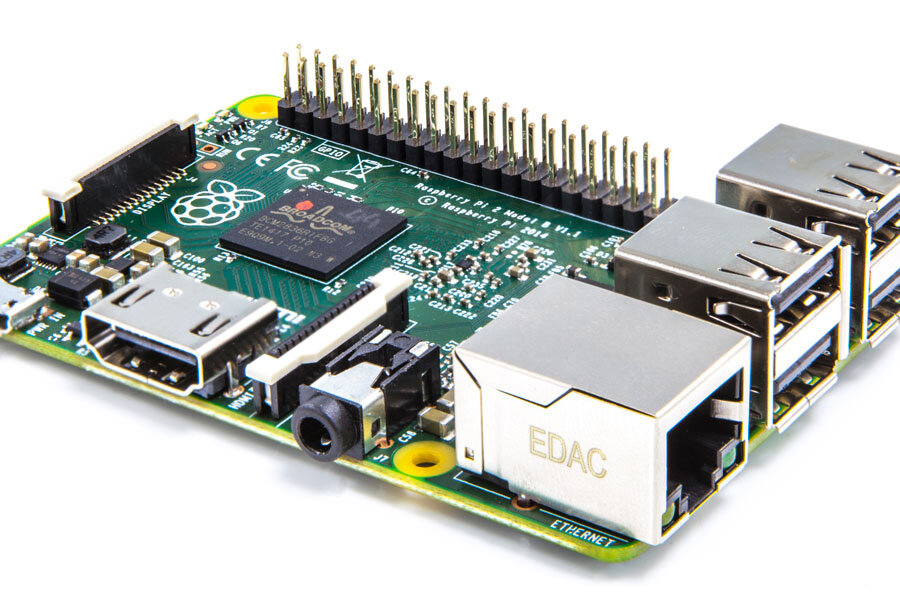Raspberry Pi 2 mini computer packs more power, still costs just $35
Loading...
Three years after releasing its original mini computer, the Raspberry Pi Foundation has unveiled Raspberry Pi 2.
The $35 credit-card-sized computer will now be powerful enough to run Microsoft Windows 10 and other operating systems, such as Linux.
In a press release, the British nonprofit company claims the Raspberry Pi 2 is now six times faster and boasts double the memory of previous models "to run bigger and more powerful projects.” The new and improved device also has a quad-core processor instead of a single-core, which means it can use more of its cores to offer stronger computing power, or limit the number of cores used to save power.
“For the last six months, we've been working closely with Microsoft to bring the forthcoming Windows 10 to Raspberry Pi 2," the Foundation writes on its blog. "Microsoft will have much more to share over the coming months. The Raspberry Pi 2-compatible version of Windows 10 will be available free of charge to makers."
The Raspberry Pi 2 still requires owners to use external keyboards, monitors, and a MicroSD containing a copy of an operating system to begin programming.
Raspberry Pi has become a well-known name in tech communities since the release of its first $35 computer. Its original micro computer, created to combat a lack of interest in computing sciences in schools, was wildly popular with enthusiasts, who would typically buy multiple copies.
The Raspberry Pi was a dream for do-it-yourself hackers and makers, who could use it to build personal computers from scratch, extend wireless access points, set up personal Web servers, and learn coding. The Raspberry Pi was a Swiss army knife for DIY tech.
As users experimented, they found the device could be used to create a touchscreen car dashboard or personal tablet, build a point and shoot camera from scratch, add a Wi-Fi connection to a DSLR camera, construct arcade machines, create a Dropbox clone for file storage, and much more.
With the boost in memory and speed, the list of things you can do with the upgraded DIY tech will only get longer.






